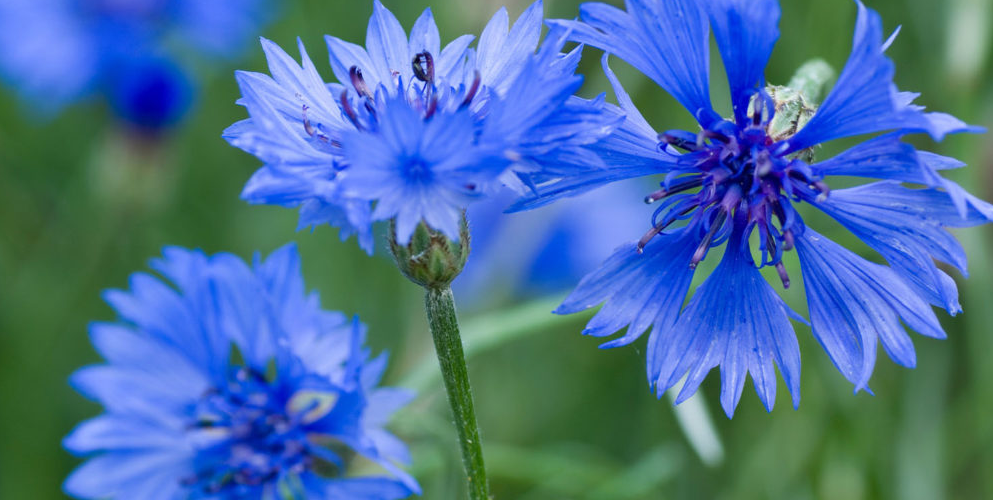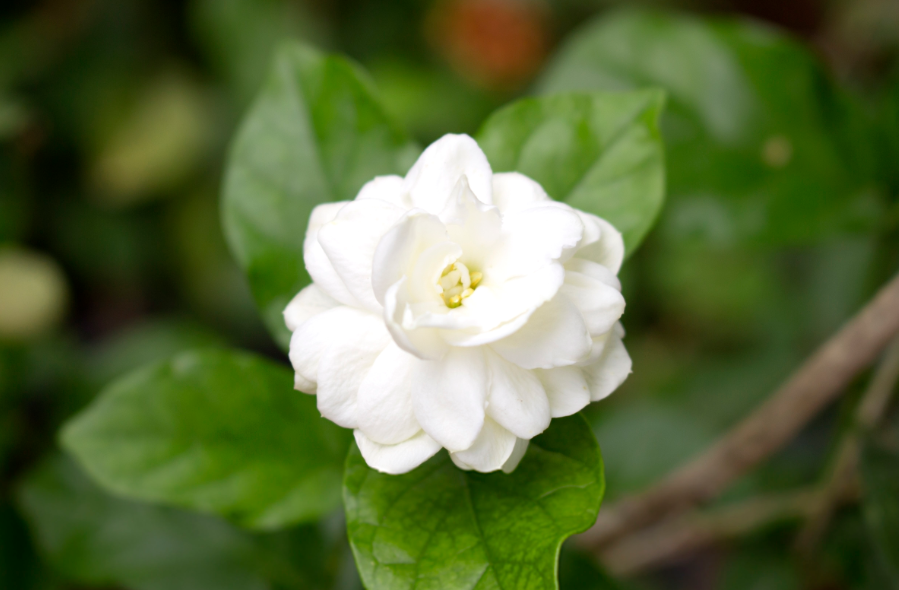Brunei, a Southeast Asian country on the island of Borneo, boasts a rich cultural heritage and diverse natural beauty. One of the most cherished symbols of the nation is the Brunei National Flower, the Simpor. The Simpor holds a special place in Bruneian culture, representing the country’s unique identity and natural splendor. In this article, we will delve into the significance of the Brunei National Flower, exploring its history, physical characteristics, cultural importance, economic contributions, and more.
Overview of Brunei National Flower
The Brunei National Flower, known as the Simpor, is a stunningly beautiful flower that holds great cultural and symbolic value in Brunei. Scientifically known as Dillenia suffruticosa, the Simpor belongs to the Dilleniaceae family and is endemic to Brunei, making it an integral part of the country’s natural heritage.
History and Cultural Significance of Brunei National Flower
Traditional Uses of Simpor
Throughout history, the Simpor flower has played a vital role in Bruneian culture. The locals have long utilized the various parts of the Simpor plant for their medicinal properties and traditional practices. The bark, leaves, and roots of the Simpor have been used to treat ailments, ranging from digestive issues to skin conditions.
Symbolism and Representations
The Simpor flower holds deep symbolic meaning in Brunei. It represents purity, strength, resilience, and the unity of the Bruneian people. The vibrant yellow color of the flower signifies warmth, happiness, and optimism, reflecting the friendly and welcoming nature of the country and its people.
Physical Characteristics of Brunei National Flower
Description of the Simpor Flower
The Simpor flower is a sight to behold with its large, showy blossoms and distinctive features. It boasts five bright yellow petals that surround a prominent cluster of golden stamens, creating a striking visual contrast. The flowers have a pleasant fragrance that attracts pollinators, such as bees and butterflies.
Growth Habitat
Simpor flowers are predominantly found in the lush rainforests and wooded areas of Brunei. They thrive in tropical climates and prefer well-drained soil. The flower’s natural habitat provides the necessary conditions for its growth, allowing it to flourish in Brunei’s pristine forests.
Conservation Efforts for Brunei National Flower
Protection and Preservation
Recognizing the ecological importance of the Simpor flower and its vulnerability, Brunei has taken steps to protect and preserve this national treasure. Conservation efforts include the establishment of protected areas, strict regulations against unauthorized harvesting, and public awareness campaigns to promote the significance of preserving Brunei’s unique flora.
Threats to Brunei National Flower
Despite conservation efforts, the Simpor flower faces several threats and challenges. Habitat loss due to deforestation, climate change, and illegal harvesting for commercial purposes pose significant risks to the survival of the species. Collaborative efforts between the government, conservation organizations, and local communities are crucial to ensuring the continued existence of the Simpor flower.
Economic Importance of Brunei National Flower
Commercial Uses
The Simpor flower has commercial value beyond its cultural and ecological significance. It is used in the production of traditional handicrafts, such as woven textiles and decorative items, which are popular among locals and tourists alike. Additionally, the flower’s vibrant petals are used in natural dyes, providing a sustainable alternative to synthetic colorants.
Contribution to the Local Economy
The Simpor flower contributes to Brunei’s local economy through various channels. Its association with the country’s identity attracts tourists, who visit Brunei to witness its natural beauty and cultural heritage. This influx of visitors boosts the hospitality and tourism sectors, creating employment opportunities and generating revenue for the nation.
Tourism and Promotion
Simpor in Brunei Tourism
The Simpor flower plays a significant role in promoting tourism in Brunei. The stunning blooms attract nature enthusiasts, botanists, and photographers from around the world, who flock to the country to witness the Simpor’s beauty in person. Tourist attractions, such as botanical gardens and nature reserves, showcase the flower’s splendor, allowing visitors to immerse themselves in Brunei’s natural wonders.
Events and Festivals
Brunei celebrates the Simpor flower through various events and festivals. These occasions provide an opportunity to showcase the flower’s significance and raise awareness about its conservation. Festivals often feature cultural performances, exhibitions, and competitions, bringing together locals and tourists in celebration of Brunei’s national flower.
Simpor in Art and Literature
Depictions in Traditional and Contemporary Art
The Simpor flower has long been a subject of inspiration for Bruneian artists. It is depicted in various art forms, including traditional paintings, sculptures, and handicrafts. Contemporary artists also draw inspiration from the flower, incorporating its motifs and symbolism into their creative works.
Simpor in Bruneian Literature
Brunei’s rich literary tradition has also embraced the Simpor flower. Poets, writers, and storytellers often weave the beauty and symbolism of the flower into their works. Through literature, the Simpor flower continues to captivate readers and serve as a metaphor for Brunei’s natural abundance and cultural heritage.
Medicinal and Healing Properties
Traditional Medicinal Uses
The Simpor flower possesses medicinal properties that have been recognized and utilized by Brunei’s traditional healers for centuries. It is believed to have anti-inflammatory, antibacterial, and antifungal properties. Traditional remedies made from the Simpor flower have been used to alleviate various ailments and promote overall well-being.
Scientific Research and Modern Applications
Scientific research has shed light on the medicinal potential of the Simpor flower. Studies have identified bioactive compounds with antioxidant properties in the flower, indicating its potential use in pharmaceuticals and cosmetics. Ongoing research continues to explore the flower’s therapeutic applications, further validating its traditional uses.
Conclusion
The Simpor flower stands as a symbol of Brunei’s natural beauty, cultural heritage, and national identity. Its vibrant yellow blossoms and rich symbolism have captivated locals and visitors alike. As Brunei continues its conservation efforts, it ensures the preservation of this cherished national flower for future generations to admire and cherish.
FAQs
- What is the scientific name of the Brunei National Flower?
The scientific name of the Brunei National Flower is Dillenia suffruticosa.
- Can the Simpor flower be grown in other countries?
The Simpor flower is endemic to Brunei and thrives in its unique climate and habitat. However, with appropriate care and environmental conditions, it may be possible to grow Simpor flowers in other tropical regions.
- Is the Simpor flower endangered?
While the Simpor flower is not currently listed as endangered, it faces threats due to habitat loss and illegal harvesting. Conservation efforts are in place to protect and preserve this national treasure.
- How is the Simpor flower incorporated into Bruneian culture?
The Simpor flower holds cultural significance and is used in traditional practices, arts, and literature. It represents purity, strength, and unity within Bruneian culture.
- Are there any alternative names for the Brunei National Flower?
The Brunei National Flower is commonly referred to as the Simpor flower, and this name is widely recognized within Brunei and its surrounding regions.
References
- “The National Flower of Brunei: Simpor.” Government of Brunei Darussalam. Retrieved from http://www.information.gov.bn/PublishingImages/SitePages/The%20National%20Flower%20of%20Brunei%20Darussalam%20-%20Simpor.pdf
- Fugah, Raja Iskandar Raja. “Phytochemical Analysis and Bioactivity of Dillenia Species in Brunei Darussalam.” Ph.D. Thesis, Universiti Brunei Darussalam, 2018.
- “Dillenia suffruticosa.” Flora of China. Retrieved from http://www.efloras.org/florataxon.aspx?flora_id=2&taxon_id=200007296
- “Brunei National Flower.” Dillenia suffruticosa. Retrieved from https://en.wikipedia.org/wiki/Dillenia_suffruticosa

